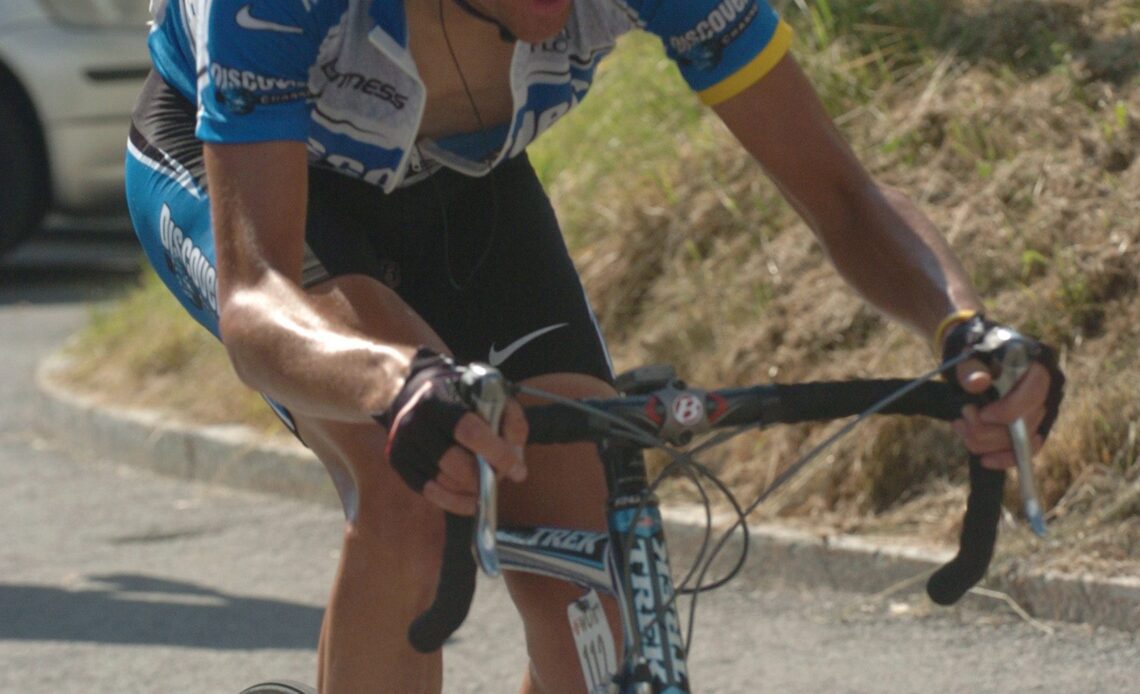Bike racers at every level of the sport are now breaking records in all disciplines whether the track, road or dirt. The evolution in speed is a result of data analysis and can be specifically linked to the powermeter, a device on a bicycle which measures the power output of a cyclist in watts.
Plus ça change, well actually
Twenty years ago, most professional cyclists had a limited grasp of aerodynamics and efficiency. Few products, bikes or riders’ positions had been tested in a wind tunnel due to expense and access. Without being able to gauge an athlete’s energy expenditure in the wind tunnel, the results were confined to how aerodynamic the rider was in a static position. The efficiency of the cyclist in varied conditions was impossible to quantify. Time trials were ridden on low profile bikes with disc wheels and tri spokes and deep section carbon or aluminum rims were used on the road, yet skinsuits weren’t tight fitting and were used solely in time trials. On the road, jerseys were baggy, letting the air flow over our skin to keep cool, and body position on the bike wasn’t yet refined to slice through the air. We rode narrow tires that were pumped to 120 psi believing narrower and harder tires had less rolling resistance and were faster. Helmets were bulky.
We understood certain performance elements but now know that we were completely wrong with others. Few, if any, people had put all the pieces together to see the cyclist, their nutrition, sleep, mental health and the bike as one unit. In today’s peloton, where power meters are universally used on training and racing bikes, every piece of clothing has been optimized while training, diet and sleep are closely monitored which has resulted in the peloton moving faster than ever. No longer do riders and coaches focus solely on heart rate, time and speed but also on watts and ki lojoules.
Watts for the win
The proliferation of powermeters in the late 90’s to early 2000’s instantly changed the way we trained and understood workload. From 1999 to 2002, Dr. Allen Lim coached me while he was working on his Phd at the University of Colorado. His research was based around the power meter and power analysis. Through analyzing tens of thousands of power files he could see trends, and from that began developing theories on how power affected overall performance. He realized he could test the aerodynamics of any cyclist using Eiffel’s formula of tractive resistance and proved it by having…
Click Here to Read the Full Original Article at Canadian Cycling Magazine…

